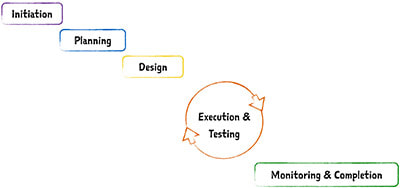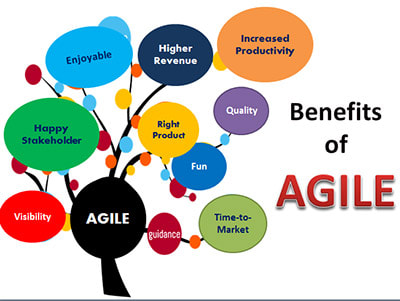Agility - Where Should You Begin?
Agility - The Steps For Transformation
- A formal transformation plan should be created. In most successful cases, this has been done by the Project Management Office who reports directly to the chief executive officer.
- Make an investment in coaching and training people. This will help them transition to their new roles easily and more efficiently.
- The change should be made across the entire organization at the same time. However, it is important to notice that you should divide the changes into smaller pieces. This will be easier for everyone to get used to these changes.
- You should try to implement the changes in waves and don't try to do it all at once. This way, you will be able to coordinate the support, technology, and management that you specifically need for each wave.
- Agility is a continuous change. Therefore, it is important to keep monitoring changes as well as to make adjustments when they are required.




 RSS Feed
RSS Feed